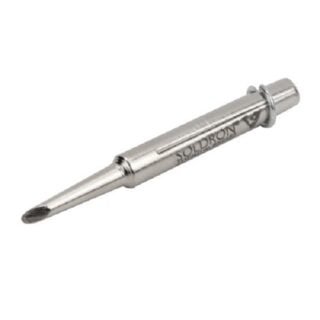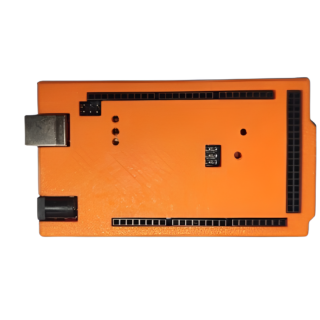
When designing high-speed circuits with MOSFETs, engineers often encounter an issue known as the “Miller Effect.” In simple terms, this phenomenon occurs when the parasitic capacitance between the MOSFET’s drain and gate causes unwanted signal feedback, resulting in slow switching times and reduced performance. This can be especially problematic in amplifiers, drivers, and high-frequency circuits.
The Problem and Solution :
The most common solution to mitigate the Miller Effect is to use a gate resistor. By adding a resistor in series with the gate, you reduce the impact of the parasitic capacitance, which helps in faster switching and more stable operation of the MOSFET.
Practical Example :
Imagine you’re designing a simple amplifier. Without the gate resistor, the signal at the gate can cause unwanted oscillations due to the Miller Effect. With a gate resistor (typically ranging from 10Ω to 100Ω), you can significantly reduce these oscillations, ensuring the MOSFET operates smoothly and efficiently.
Sample Calculation :
If your circuit operates at 10V and you choose a 100Ω gate resistor, the power dissipated in the resistor can be calculated as:
P = V² / R = 10² / 100 = 1W.
This is an example of how small components can influence power and efficiency in your design.
Shop Now :
If you’re looking for high-quality MOSFETs and gate resistors, check out our selection of Made in India components. Visit SmartXProKits for reliable, affordable parts for your next project: Shop Now
Support our work and India’s innovation—buy from our Make in India site!
Written by smartxbrains
- Industrial Automation141141 products
- Cooling Fan44 products
- Indicators1111 products
- Plastic Casing66 products
- Sensor2323 products
- Sleeve and cables55 products
- SMPS88 products
- Solid State Relay Module22 products
- Switches1818 products
- Temprature Sensor11 product
- 3D Printing187187 products
- 3D printing116116 products
- Combination Kit4747 products
- Electronic743743 products
- Audio55 products
- Battery/Charger Accessories2828 products
- Capacitors6464 products
- Connector4646 products
- cooling fan11 product
- Diode3535 products
- Displays1212 products
- IC and Chips6565 products
- IOT and Wireless99 products
- Leds2424 products
- Microcontrollers55 products
- Modules/Shield7575 products
- MOSFET / IGBT1414 products
- Power Supply2525 products
- Resistors130130 products
- Sensors5959 products
- SMD2828 products
- Switches1414 products
- Transistors6868 products
- Wire and Cables1212 products
- Hardware3232 products
- Hand Tools1414 products
- Hardware Accessories1414 products
- Printing22 products
- RC Plane and Drone99 products
- Robotic147147 products
- BO Motors1313 products
- General Purpose DC Motors2929 products
- Motor Drivers88 products
- Robotic Wheels & Tyres1414 products
- Servo Motor2727 products
- Stepper Motors88 products
- Synchronous Motor11 product
- Science Fair Project7070 products
- Final Year Ready Project Kit11 product
- STEM KIT2222 products
- E Books88 products





Leave a Reply
You must be logged in to post a comment.